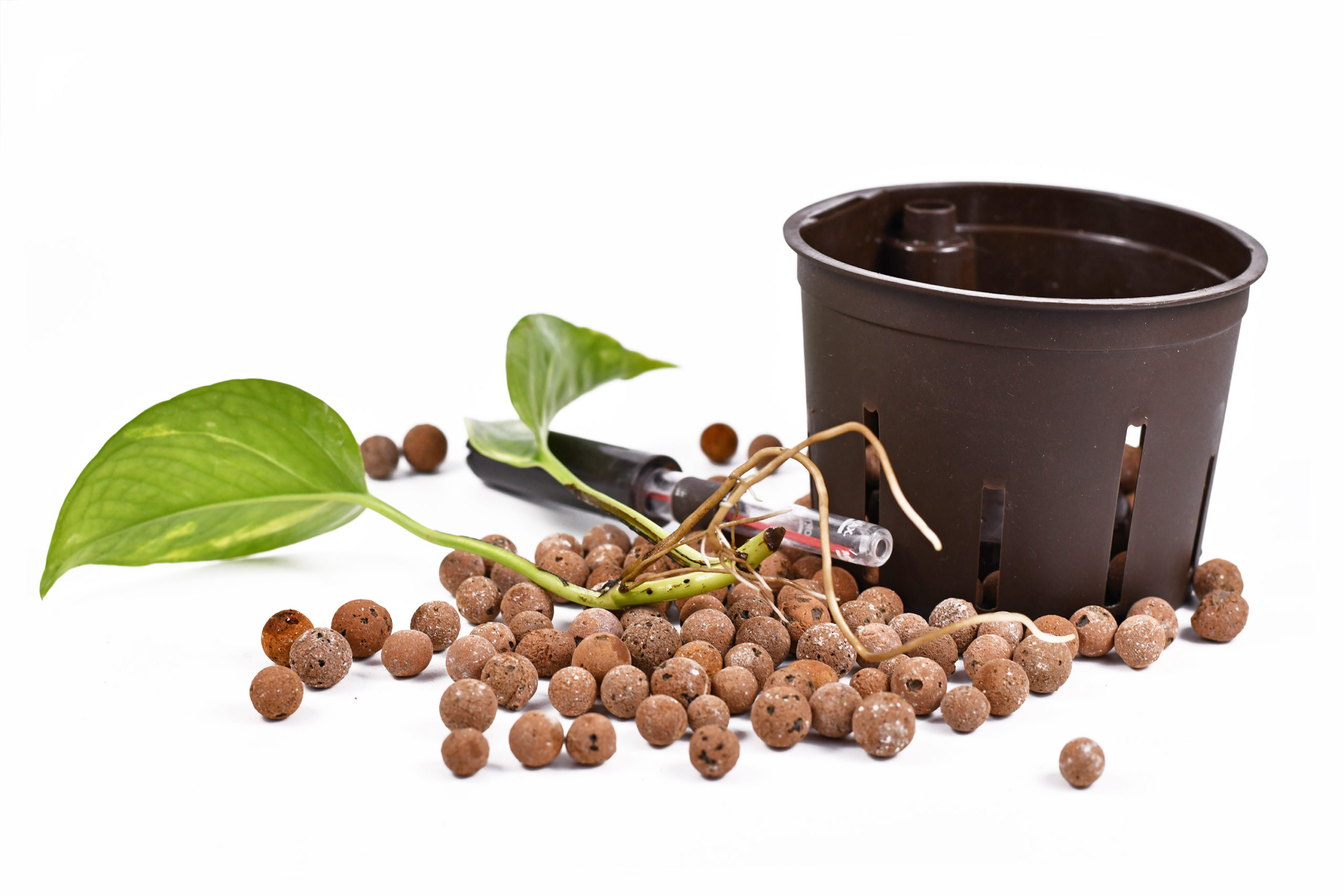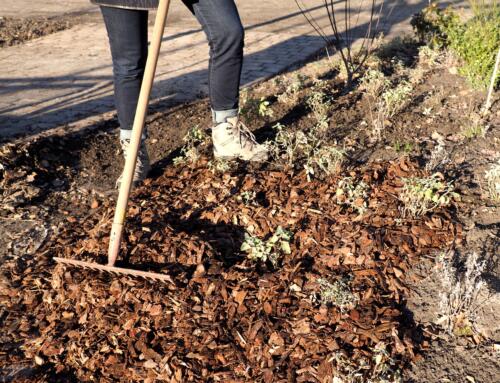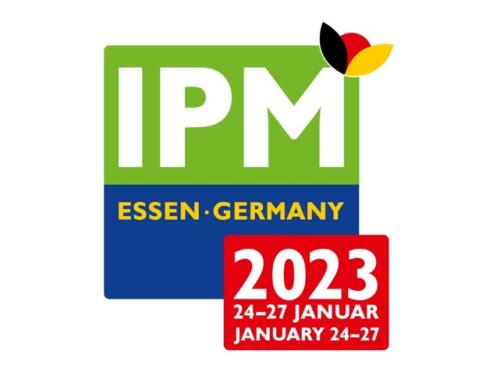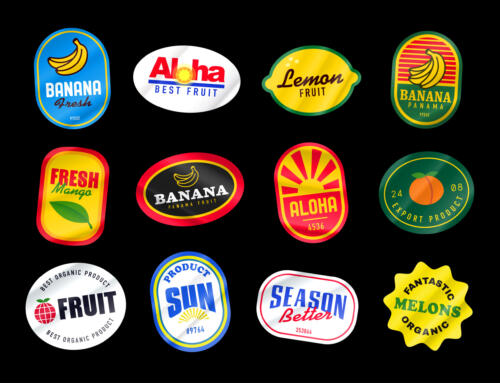If a white covering forms on the surface of expanded clay media, people sometimes assume this is mould. But what conditions would allow expanded clay granules to get mouldy in the first place?
Normally, the powdery or fine crystalline white deposits that form on the surface of expanded clay media after some time are completely safe salty deposits called efflorescence. The salts stem from the tap water used for watering and mineral fertilisers used to feed the plants. When the water evaporates on the expanded clay surface, the soluble salts remain. Unfortunately they are often mistaken for mould.
If the white deposits bother you, you can remove the top layer of expanded clay granules from time to time and replace it with fresh medium. To prevent visible deposits from forming again, avoid filling the water to a level above the „optimum“ mark shown on the water level indicator. The salt efflorescence will then occur below the surface, hidden from sight.
Can expanded clay granules get mouldy?
As a matter of fact, expanded clay media do not provide the conditions moulds require to germinate. The fungi need organic matter to grown on, which is just not present in the mineral expanded clay. However, if organic matter is added to the expanded clay in the form of potting soil with organic constituents or organic fertilisers with molasses and other organic wastes, conditions change and mould infestation becomes possible. For this reason, liquid organic fertilisers („liquid fertilisers“) always carry a note indicating that they are not suitable for hydroponics.
Is there a health risk?
Hydroponics, i.e. plantings in expanded clay media, are frequently used in places that require a higher level of hygiene standards, such as care homes, hospitals, medical practices and canteens. Mould needs to be absolutely avoided in these sensitive environments.







